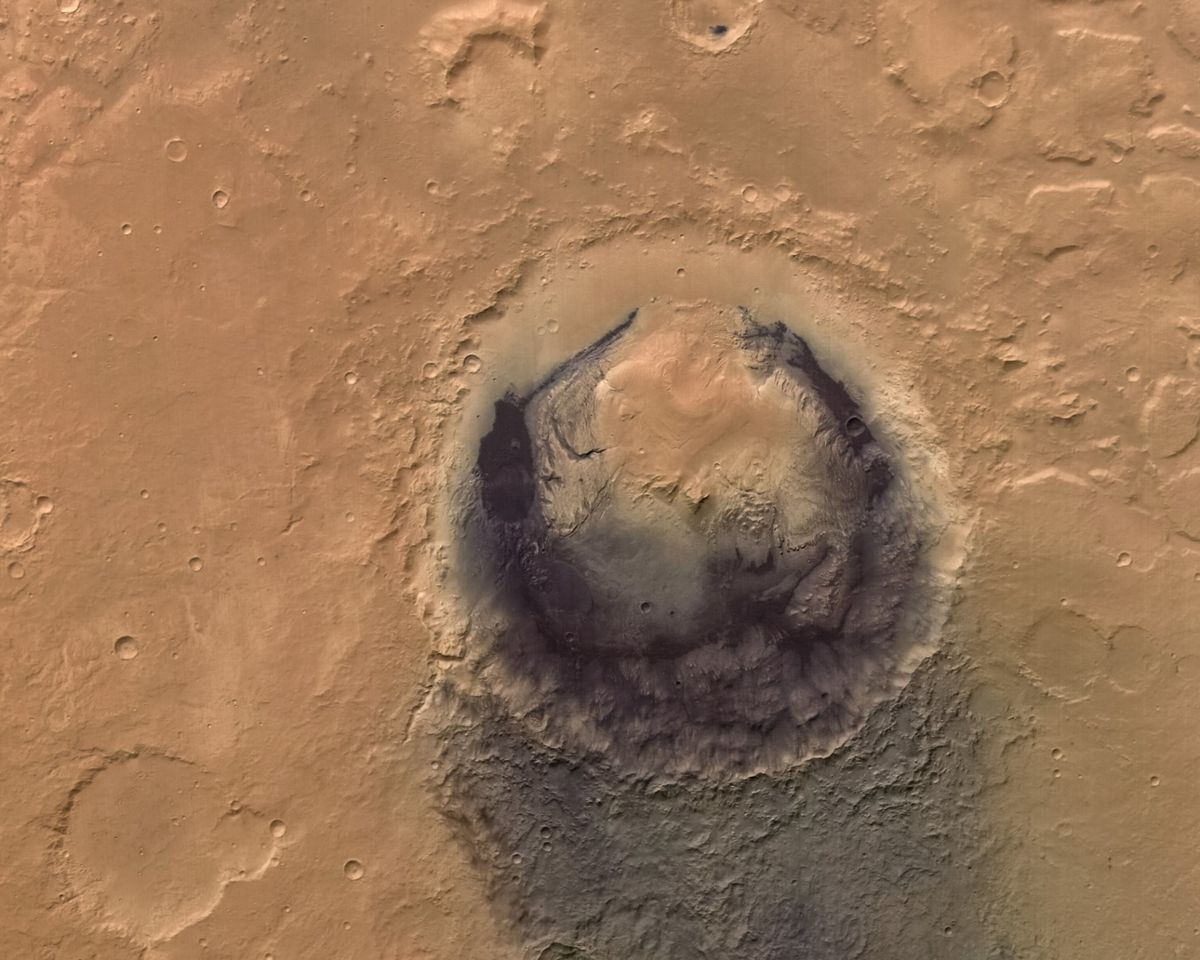Planetary scientists now have a mountain of evidence, accumulated over decades of exploration, that three to four billion years ago, Mars had accumulations of liquid water on its surface. Researchers are still working out the details of Mars’ water history. This history is critically important to the question of whether or not Mars has ever hosted life.
NASA’s Curiosity Mars rover has been exploring Mars’ Gale Crater since 2012. In its explorations, it has uncovered innumerable signs of the past presence of water, including fossil streams, alluvial fans of sediment deposited by liquid water, geological evidence of past shallow and deep lakes and river deltas, and countless examples of rocks infiltrated and chemically transformed by liquid water. For water to exist as a liquid, Mars must once have had a denser atmosphere than it does today, and it must have been warmer. Just how much so, and for how long, remains unknown.
In early 2023 NASA’s Jet Propulsion Laboratory, which hosts the mission control center for the Curiosity mission, announced that they had found a new kind of trace of past water on Mars that they had never seen before. A half mile up Mount Sharp, the mountain peak at the center of Gale Crater, Curiosity found what geologists recognized as fossilized traces of the ripples formed by moving water in the bed of a shallow lake on ancient Mars. They found these unique traces in a geological formation that geologists hadn’t expected to harbor more traces of past water.
The finding indicates that Martian climate was more complex and variable that scientists believed, and that liquid water may have existed for longer than they thought.










